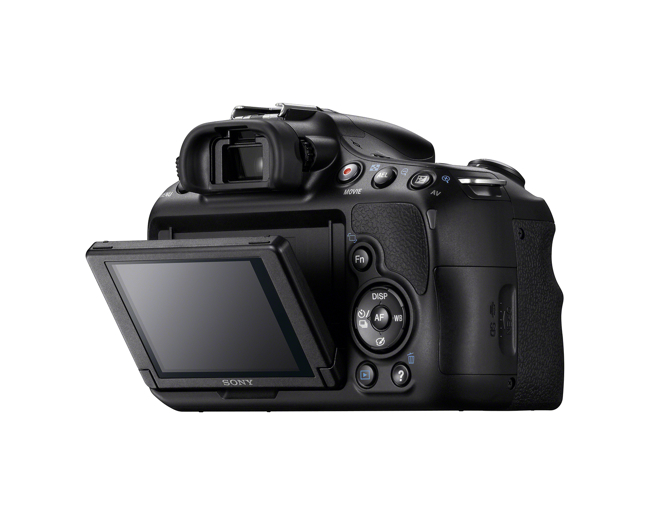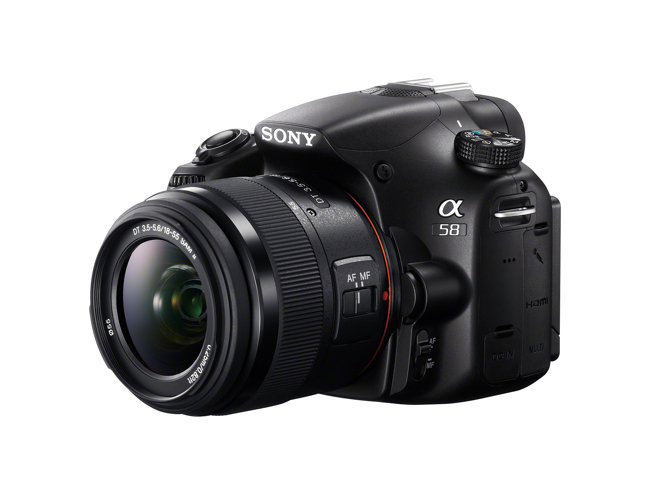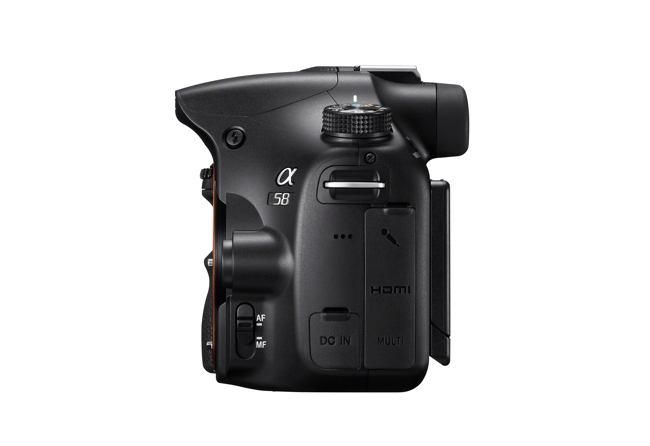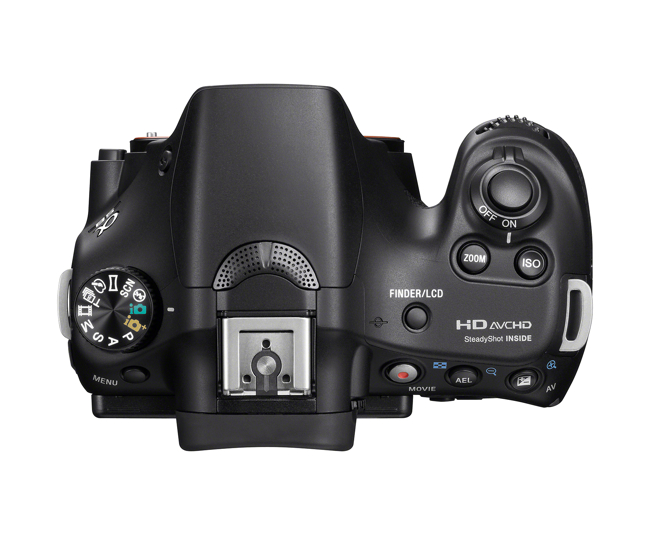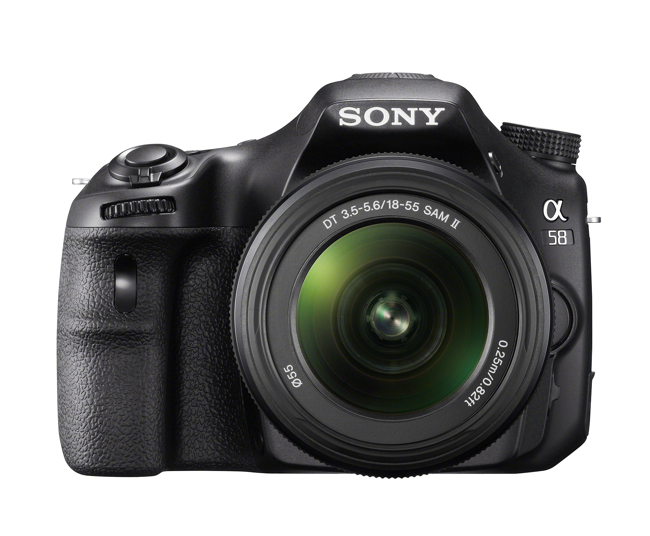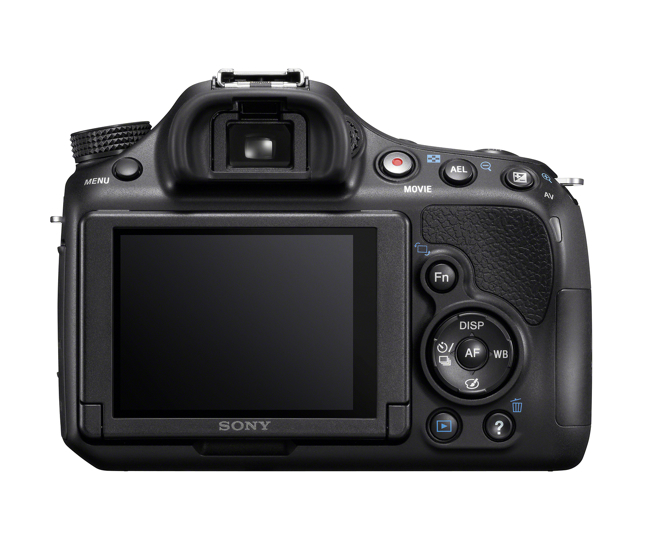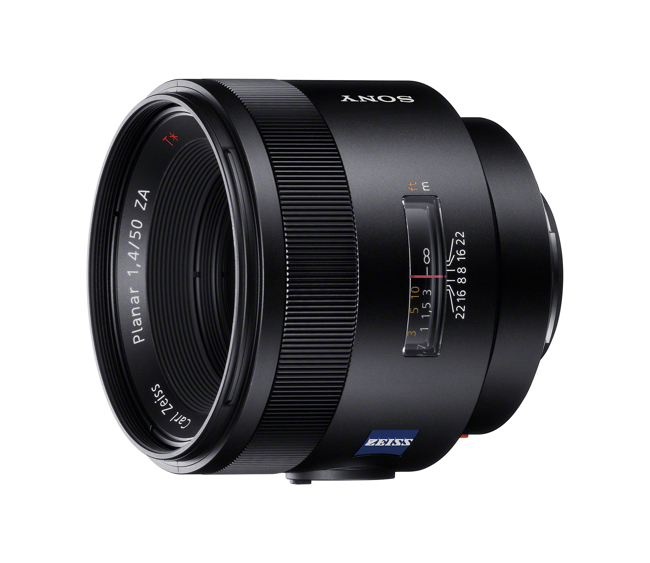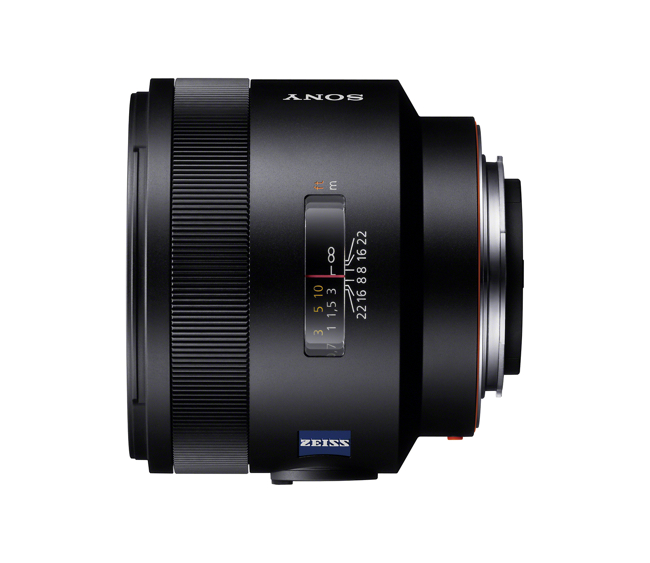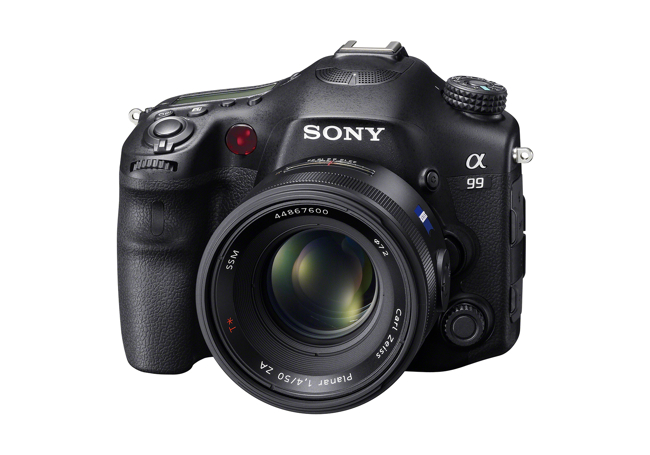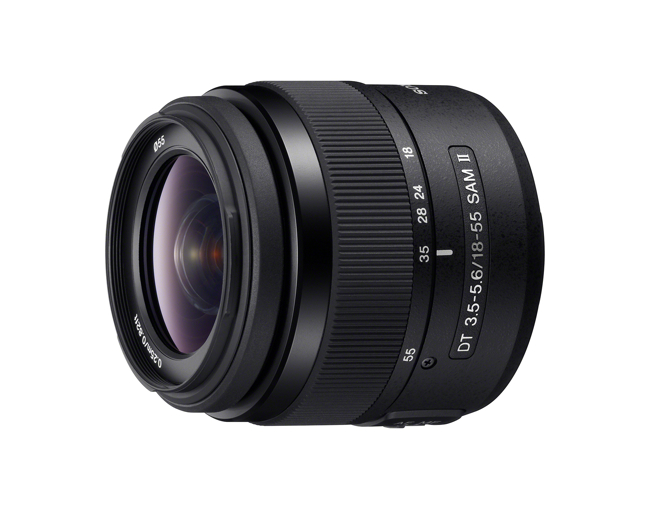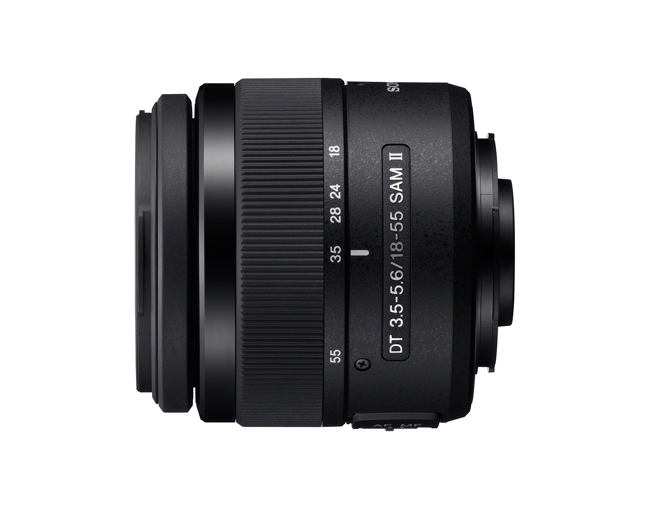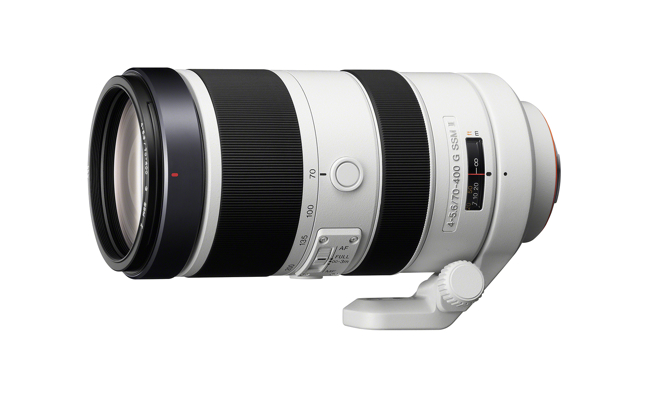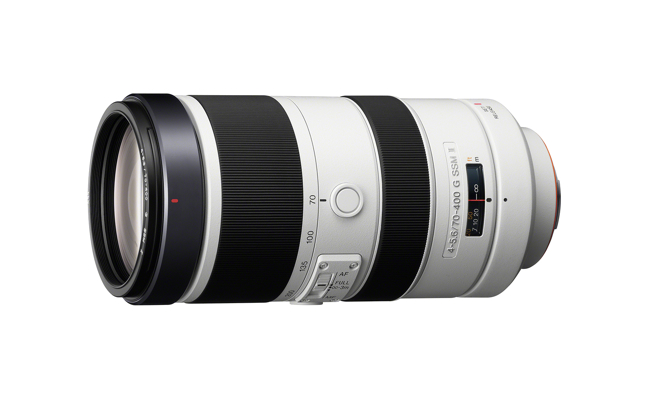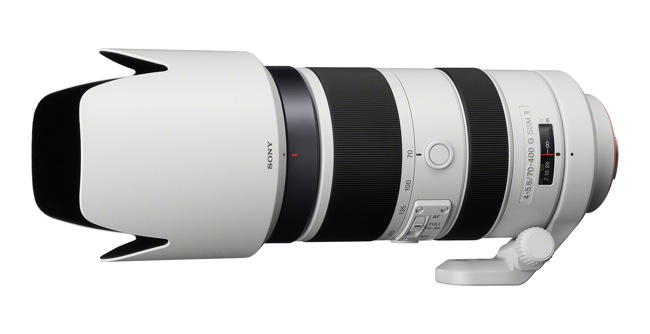
While Sony is making big inroads into the mirrorless Compact System Camera sector (see their new NEX-3N), the company hasn’t left the DSLR market high and dry. The latest addition is the Alpha a58, which replaces the a57 and a37. The customer Sony is appealing to with this new model is a first-time DSLR user or an existing user replacing an older cam. The a58 is scheduled for an April sale date at $600 with a new 18-55mm zoom kit lens.
The a58 uses a new 20.1-megapixel Exmor APS HD CMOS sensor for excellent dynamic range and an improved Bionz image processor that delivers area-specific noise reduction; ISO maxes out at 16,000. The camera uses Sony’s Translucent Mirror Technology for fast burst (up to 8 frames per second) and autofocus performance. Other new features include the Tru-Finder OLED (SVGA) electronic viewfinder that lets you clearly view and set adjustments like exposure compensation, aperture, ISO, defocusing, etc.; a 15-point autofocusing system with lock-on AF for better subject tracking; and Auto Object Framing that “identifies the main object of a scene and crops photo automatically around it for professional-style composition,” according to Sony. The a58 also uses Sony’s new Multi Interface Shoe that accepts compatible Handycam camcorder accessories. Movie capture is 1920 x 1080 at 60i and 24p.
In addition to the a58, Sony also announced new A-mount interchangeable lenses, bringing the lineup total to 35 lenses (Carl Zeiss and G-series optics). The DT 18-55mm F3.5-5.6 SAM II is included with the a58 as a kit lens. It’s a standard zoom with a “built-in smart autofocus motor (SAM) for smooth AF operation” and offers “high image quality with fine detail.” The Planar T* 50mm F1.4 ZA SSM full-frame, large-aperture, fixed focal length Carl Zeiss lens has two aspherical lens elements, with high performance plus “high resolving power and contrast that meets the expectations of mid- to advanced-class users.” There’s built-in SSM (SuperSonic-Wave Motor) for” smooth, quiet AF operation,” dust and drip resistance, and nine-blade circular aperture. The 74-400mm F4-5.6 G SSM II is “an improved, new-generation telephoto zoom lens with Naro AR Coating and ivory white design.” The lens has three aspherical lens elements and nine-blade circular aperture.
- 1. Planar T* 50mm F1.4 ZA SSM lens
- 2. Planar T* 50mm F1.4 ZA SSM lens
- 3. Planar T* 50mm F1.4 ZA SSM lens attached to an a99 DSLR
- 4. Planar T* 50mm F1.4 ZA SSM lens attached to an a99 DSLR
- 5. Planar T* 50mm F1.4 ZA SSM lens attached to an a99 DSLR
- 1. DT 18-55mm F3.5-5.6 SAM II
- 2. DT 18-55mm F3.5-5.6 SAM II
- 1. 74-400mm F4-5.6 G SSM II
- 2. 74-400mm F4-5.6 G SSM II
- 3. 74-400mm F4-5.6 G SSM II
- 4. 74-400mm F4-5.6 G SSM II
- 5. 74-400mm F4-5.6 G SSM II

